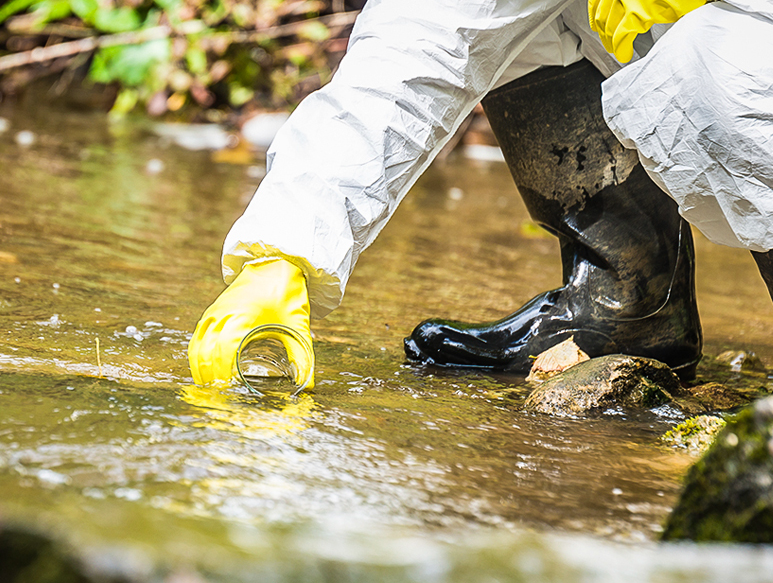In many online water quality monitoring, the situation of rivers is the most complex, because the quantity of rivers and lakes, water runoff, coastal pollution sources, etc. can affect the change of water quality. In order to solve the pollution of river water quality, it is necessary to strengthen the control of water pollution and master the investigation method of the overall water quality change of the river.

At present, the investigation and assessment methods of heavy pollution of river water quality in relevant standards mainly include current situation analysis and investigation, water body assessment, risk assessment, etc.
1. Status Analysis and Investigation
a. The water quality and sediment detection data of the river channel for 3 years or more shall be collected, and supplementary detection and investigation shall be conducted if insufficient.b. HJ/T91 shall be implemented for the analysis and investigation of river water pollution status, SL219 shall be implemented for the analysis and investigation of river sediment, and the number, layout and frequency of sampling points shall be increased or decreased according to the specific situation.
c. The river water quality analysis and test indicators shall include suspended solids (SS), dissolved oxygen (DO), total nitrogen (TN), ammonia nitrogen (NH-N), total phosphorus (TP), pH, chemical oxygen demand (CODcr), permanganate index (CODmn), redox potential (ORP), transparency, chlorophyll a, etc., which can be supplemented according to the characteristics of the river itself.
d. The river sediment analysis and test indicators shall include total organic carbon (TOC), ammonia nitrogen (NH-N), total nitrogen (TN), total phosphorus (TP), petroleum, etc., and the sediment samples shall be described on site, such as texture, color, smell, etc., which can be supplemented according to the characteristics of the river.
2. Water body assessment
a. The assessment of river water body shall analyze and assess the existing problems of the current river on the basis of the collection and investigation of historical and current data on hydrology, water quality, sediment, etc.b. The Measures for Environmental Quality Assessment of Surface Water (Trial) (HB 2011] No. 22) shall be adopted for water quality assessment.
c. The sediment quality of sediment shall be determined based on the investigation of the pollution status, combined with the background value and the release power of sediment pollutants to the overlying water.
d. The assessment of sediment pollutant release complies with GB3838
3. Risk assessment
a. Corresponding risk assessment methods shall be adopted for river pollutants and pollution characteristics.b. The principles, methods and requirements of surface water environmental impact assessment shall comply with HJ/T2.3
The above is the investigation and assessment method for serious pollution of river water quality



